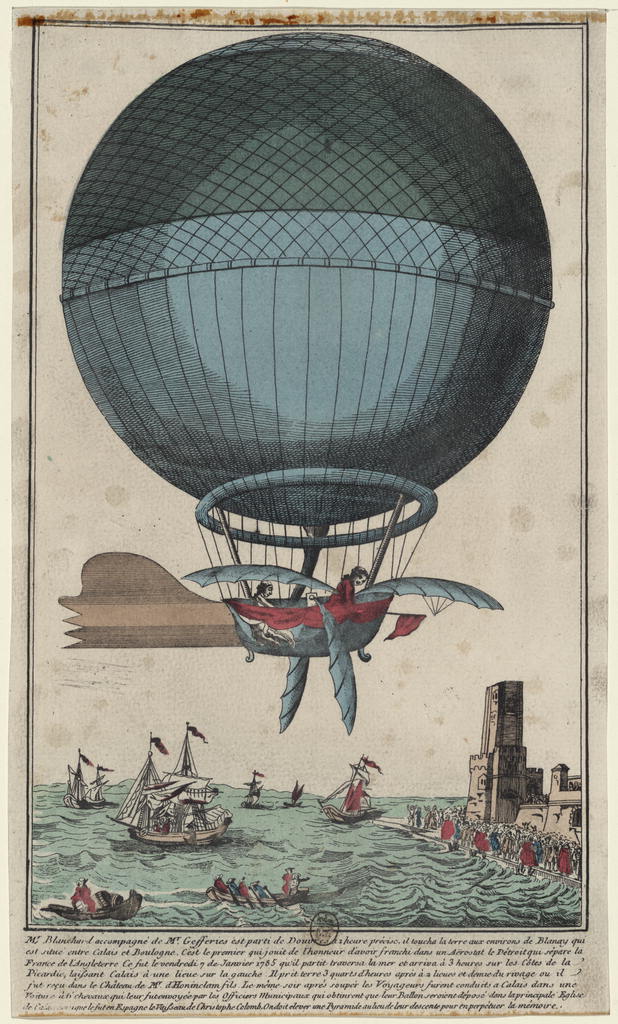
Lake effect snow showers will continue through Saturday downwind of Lakes Erie, Ontario and the eastern portion of Lake Superior. A series of storm systems will continue to impact California and the Pacific Northwest through the weekend and into next week, bringing widespread rainfall, mountain snowfall, and gusty winds. Coastal flooding is expected in northern California. Read More >
Weather History - February 5th
Local and Regional Events:
February 5, 1978:
Another winter blizzard plagued the northern half of the state, beginning on February 5th and continuing until the 9th. The unusual aspect of this blizzard was that the wind came from the southeast between 25 to 45 mph. Only one to three inches of new snow accumulation fell during the five days but was piled high on the existing large snowdrifts. Most of the northern half of the state was paralyzed due to blocked roads. Eighteen counties across the north part of South Dakota were declared a disaster by the governor. There were also numerous livestock losses.
USA and Global Events for February 5th:
1745: Today is National Weatherman/Meteorologist day, commemorating the birth of John Jeffries in 1745. Jeffries, one of America's first weather observers, began taking daily weather observations in Boston, MA, in 1774, and he made the first balloon observation in 1784. You can read a narrative from the Library of Congress of the two aerial voyages of Doctor Jeffries with Mons. Blanchard: with meteorological observations and remarks. The first voyage was on November 13th, 1784, from London into Kent. The second was on January 7th, 1785, from England into France.

The image above is from the Library of Congress.
1887: San Francisco experienced its most significant snowstorm of record. Nearly four inches was reported in downtown San Francisco, and the western hills of the city received seven inches. Excited crowds went on a snowball throwing rampage.

The image above is from the Chronicle archives. Additional photos can be found here.
1920: An intense nor'easter dumped 17.5 inches of snow over three days in New York City Central Park, New York. Boston, MA, saw 12.2 inches of snow on this day.

The image above of Hudson St., New York, is courtesy of the Library of Congress.

The image above of West St., New York, is courtesy of the Library of Congress.

1976: Record-breaking snowfall of just two inches fell in Sacramento, California. February 5, 1976, is the only time since November 1941 when snow was reported in Sacramento.

The picture above is from The Sacramento Bee Sacramento California 05 Feb 1976, Thu • Page 7

1986: A supercell thunderstorm tracked through the Tomball area northwest of Houston, TX, and produced four tornadoes along with damaging microburst winds and up to tennis ball size hail. An F3 tornado killed two people, injured 80 others, and devastated a mobile home park and the David Wayne Hooks Airport. In addition, 300 aircraft were either damaged or destroyed. Much of the more substantial hail was propelled by 60 to 80 mph winds, resulting in widespread moderate damage. The total damage from this storm was 80 million dollars.

2008: The Super Tuesday 2008 Tornado Outbreak has been one of the deadliest tornado outbreaks in the US, with 59 fatalities reported. So far, it ranks in the top 15 deadly tornado outbreaks (and the highest number of tornado deaths since 1985). According to the SPC Storm Reports, there were over 300 reports of tornadoes, large hail (up to 4.25 inches in diameter in Texas, Arkansas, and Missouri), and damaging wind gusts from Texas to Ohio and West Virginia. The outbreak produced at least 64 tornadoes, some producing EF-3 and EF-4 damage. Click HERE for Satellite information.

Click HERE for more This Day in Weather History from the Southeast Regional Climate Center.